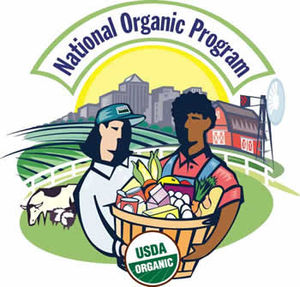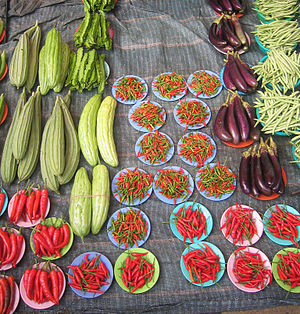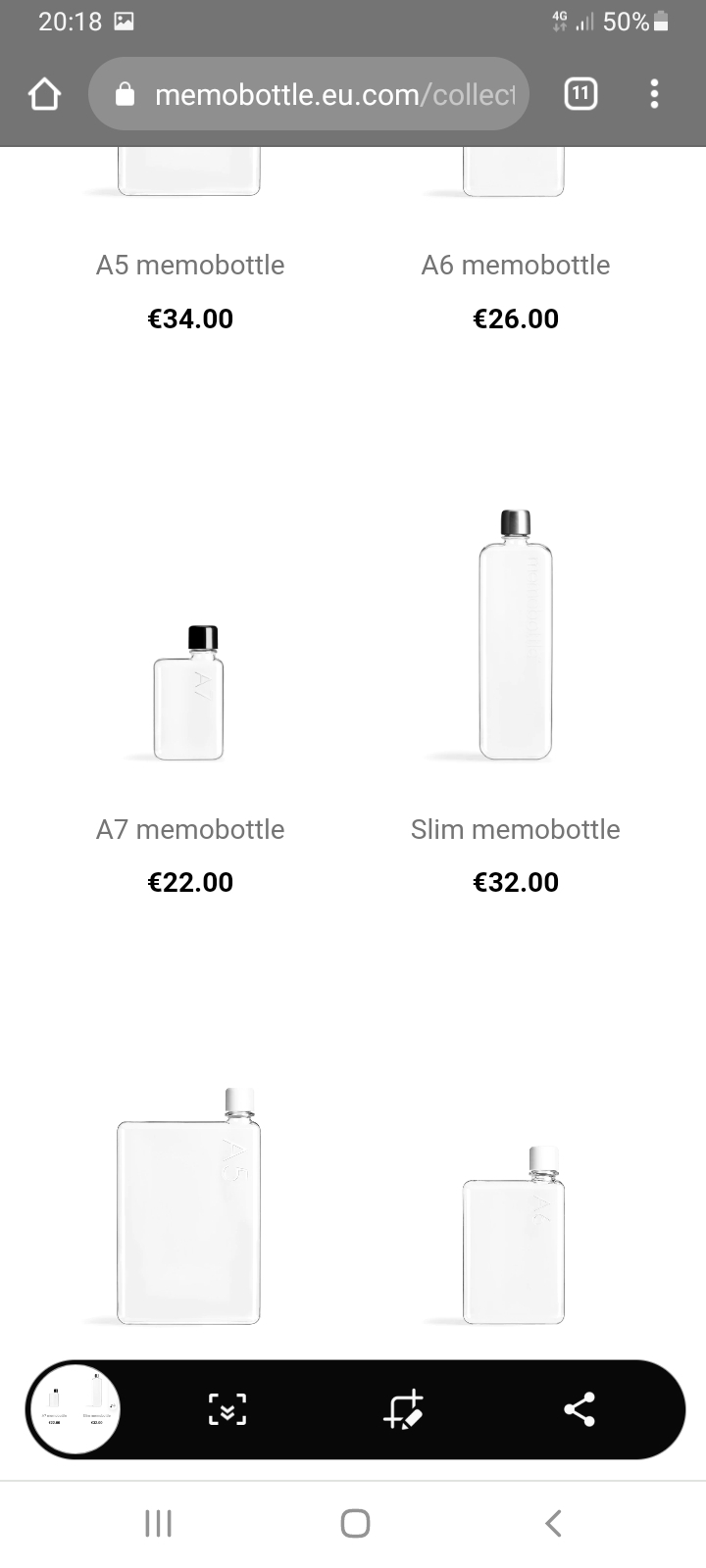| Vitamin C (Photo credit: dog.happy.art) |
| Ambersweet oranges, a new cold-resistant orange variety. USDA photo. Image Number K3644-12. (Photo credit: Wikipedia) |
We live in a visual world. Traffic signals, art, our family's faces--our eyes are constantly taking in input that we use to live and enjoy our lives. Sight is incredibly important and, just like any other function of the body, is largely dependant upon proper nutrition. However, it also may be a part of our nutrition that we don't actively think about supporting.
Healthy eyesight can be affected by a number of maladies, including glaucoma, cataracts, and macular degeneration. While not every one of these is completely understood, each of them is at least partially affected by nutrition. Proper consumption of vitamins can help control or alleviate the symptoms of these common conditions. Here, we discuss four key nutrients that can help bolster eye health.
1. Vitamin A
Vitamin A is the first and most immediately important nutrient to consider when discussing an eyes-healthy diet. Even a moderate deficiency in vitamin A intake can cause night blindness, which manifests as a difficulty perceiving details in low light conditions. Greater deficiencies cause greater visual defects in fairly short order. This is a definite hazard for anyone driving at night, making this vitamin a must.
Fortunately, vitamin A is also very easy to include in your diet, as there are a number of foods very rich in this nutrient. Liver, carrots, broccoli leaf, sweet potatoes, spinach and even butter all have high concentrations of Vitamin A. Fruits such as mangos, papayas, and cantaloupe tend to have lower concentrations, but the vitamin is still present so don't count these sources out.
2. Vitamin C
Vitamin C is also an important nutrient that helps maintain the body's immune system, and your eyes can be a typical place to acquire a casual-contact infection. In addition, some studies suggest that vitamin C may play a role in screening out damaging UV rays and delaying the development of macular degeneration and glaucoma.
The classic source of vitamin C remains citrus fruit such as oranges and lemons, but surprisingly these are not the most concentrated sources. Red pepper, kiwi, acerola and Cacadu plums can have more then fifty times the amount of vitamin C in the average orange. In short, it's very easy to meet your required vitamin C quota, and you may actually be getting it from some surprising sources you hadn't yet considered.
3. Vitamin E
Vitamin E is important because it maintains the health of the eyes' mucous membranes. When eyes dry out, they begin to suffer surface damage. Keeping the eyes lubricated is therefore very important, and vitamin E is a natural way to take care of it without resorting to eye drops.
As with the other nutrients we've discussed, vitamin E is easily accessible through a number of foods, some of which you may already be familiar with. Grains and nuts can be strong sources, particularly through whole grain breads, hazelnuts and almonds. Asparagus, avocado, and eggs also tend to have good quantities of vitamin E.
4. Lutien
An important non-vitamin nutrient for healthy eyes is Lutein. Lutein has been directly linked to the amount of pigmentation in the human eye in several important studies. High levels of pigmentation have been shown to decrease the chance of age-related macular degeneration, a leading cause of blindness.
For people looking to increase their Lutein intake, the primary foods to consider are vegetables. Kale, turnip greens, romaine lettuce, corn, broccoli, and Brussels sprouts all have high levels of Lutein, as do kiwifruit.
The Overlap Factor
Obviously, people aren't going to rearrange their entire diet just to take advantage of the benefits these nutrients have on eye health. Complete overhauls are jarring and sometimes expensive, so it's better to look for places that overlap, providing several nutrient benefits at once.
For example, broccoli is a source of both Lutein and vitamin A. One food takes care of two concerns at once, minimizing any changes. Whole grain breads provide many benefits, such as fiber, in addition to their vitamin E content.
Important Considerations
These elements all have been observed to have some effect on eyesight and visual health, however as always many of these studies are still ongoing. An important Lutein study concluded that more research will need to be done to fully understand all of its effects, even though the study did demonstrate a link between Lutein intake and improved visual health.
Some people, knowing that they struggle with managing the foods they eat, choose to rely on multivitamins and vitamin supplements to make up the difference. There's nothing wrong with this if done properly, but some vitamins have been known to develop toxicity if taken in too large doses. Vitamin A in particular can be very dangerous if taken past the recommended limits.
In short, remember to always consult a dietary professional such as a nutritionist or dietician before making any major changes to your diet. Ask them about the pros and cons of the choices you want to make, and ask for alternatives that they recommend before making any changes yourself. Healthy diet can protect your eyesight, and it is important to consult with professionals in order to get the best results.
About the Author:
Janet Davis and her husband are health and nutrition entrepreneurs and founders of Mark And Janet, a website with uncompromising, premium products for your health conscious family. For more on going green -- Visit us at http://www.MarkandJanet.com/ or check out our blog at http://www.MarkandJanetBlog.com/
Read More Articles by Janet Davis
Source: thePhantomWriters.com Article Submission Service



















